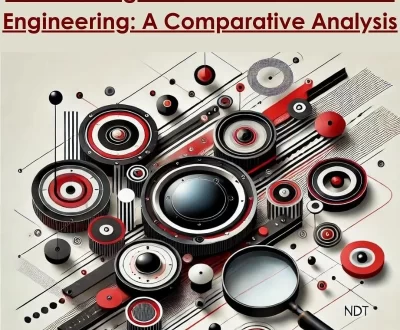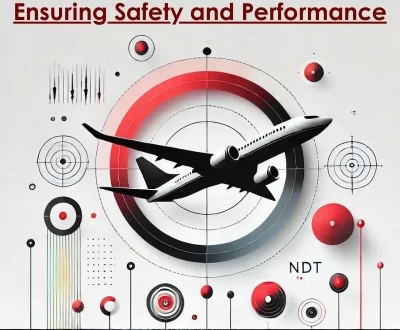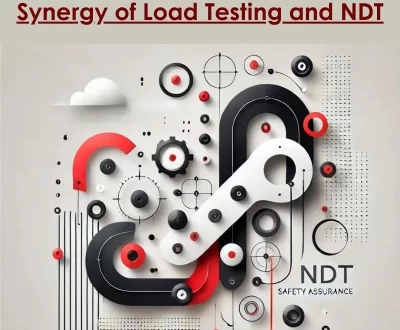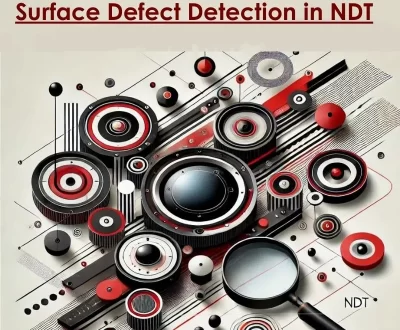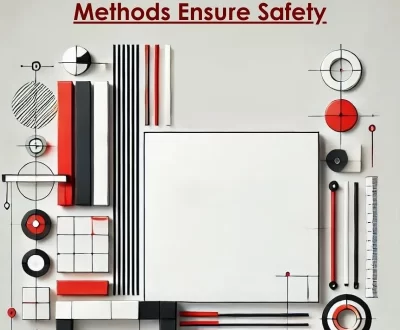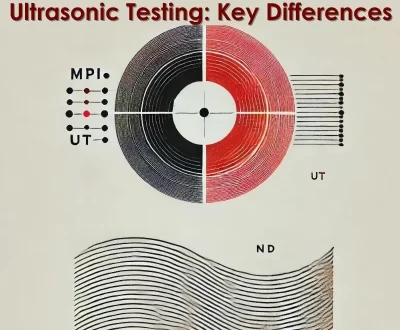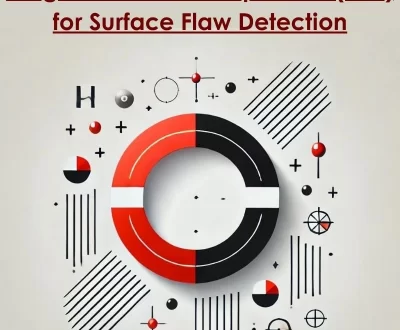MPI Testing: Best Practices for NDT Safety
- October 6, 2024
- Uncategorized
Industries concerned with material integrity widely use MPI testing as a non-destructive testing method. Notably, it excels at detecting flaws in ferromagnetic materials without damaging them.
However, there are some guidelines that have to be put in place. These best practices ensure MPI’s effectiveness while addressing the inherent safety challenges NDT technicians face. This article highlights essential MPI practices and provides guidelines to maintain safety throughout the process.
Best Practices for Accurate MPI Testing in NDT
Magnetic Particle Inspection (MPI) is a key non-destructive testing (NDT) technique for detecting surface and near-surface discontinuities in ferromagnetic materials. To ensure accuracy in MPI, several best practices are essential:
- Surface Preparation: Clean the surface thoroughly to remove any contaminants that may mask defects or interfere with magnetic particle adhesion.
- Control Magnetic Field Strength: Balance the magnetic field strength carefully to prevent under- or over-magnetization, as both can obscure defects or generate false indications.
- Inspect in Proper Lighting Conditions: Adequate lighting or UV light (for fluorescent particles) is critical to correctly interpreting the results.
Regular equipment calibration, operator certification, and adherence to industry standards like ASTM E1444 and ASME Section V enhance MPI accuracy, ensuring reliable results and safer operations.
Safety Considerations in MPI Testing and Handling Magnetic Fields
Magnetic Particle Inspection is a crucial non-destructive testing technique; however, it’s essential to address safety considerations around strong magnetic fields. Regulatory standards exist to ensure the safety of workers exposed to strong magnetic fields during testing.
Keep equipment like watches, credit cards, and magnetic-sensitive devices away from testing areas to prevent damage. Wearing proper Personal Protective Equipment (PPE), such as insulated gloves and safety glasses, is essential for preventing physical harm. Additionally, operators must manage the potential risk to individuals with medical implants like pacemakers.
The safety of the environment should also be ensured; MPI inspection fluids contaminate the environment if spills are not handled correctly. Ensuring correct disposal of waste fluids and routine equipment checks ensure both health and environmental safety.
How Technological Advances Are Improving NDT and MPI Efficiency
Technological innovations enable the automation of NDT and MPI, enhancing their effectiveness. AI-driven analytics provide real-time insights, allowing inspectors to detect defects with greater accuracy, reduce human error, and increase reliability.
Meanwhile, portable high-technology inspection gadgets facilitate faster on-site testing without sacrificing much quality. These advances are minimizing downtime and cutting costs for industries reliant on NDT and MPI, building and other critical safety evaluations. In fact, even greater improvements are foreseen in the near future with continuing technology developments.
Conclusion
Given this, the best practices included in MPI will help to precisely identify flaws but without any breakage of the integrity of the materials. Similarly, commitment to safety in NDT practice protects the technicians performing these inspections.
Besides, today’s automated systems can conduct continuous inspections, reducing downtime and thereby improving productivity. These combinations not only increase efficiency but also raise the bar on safety in critical industries such as aerospace, automotive, and oil and gas.
More from our blog
See all postsRecent Posts
- Load resistance evaluation in Software vs Structural Engineering October 6, 2024
- NDT Testing in Aerospace Industry: Ensuring Safety and Performance October 6, 2024
- Safety Assurance Through the Synergy of Load Testing and NDT October 6, 2024

